The Cumberland Plateau area in east Tennessee is a small bandwidth of land area only about 50 miles wide and extends across the state from the southwest to the northeast. Nashville is to the west, Knoxville to the east, and Chattanooga to the southeast. Interstate 75 parallels the plateau to the east, Interstate 40 transects the plateau from east to west, and Interstate 24 cuts across the plateau from northwest to southeast. We passed through this area many times during prior RV travels but never considered this area an RV destination point until learning about East Tennessee waterfalls. This bit of knowledge was all we needed to make East Tennessee a candidate for a future RV trip. The purpose of this story is to describe the trip planning process, the actual trip (including changes made along the way), reflections, and lessons learned.
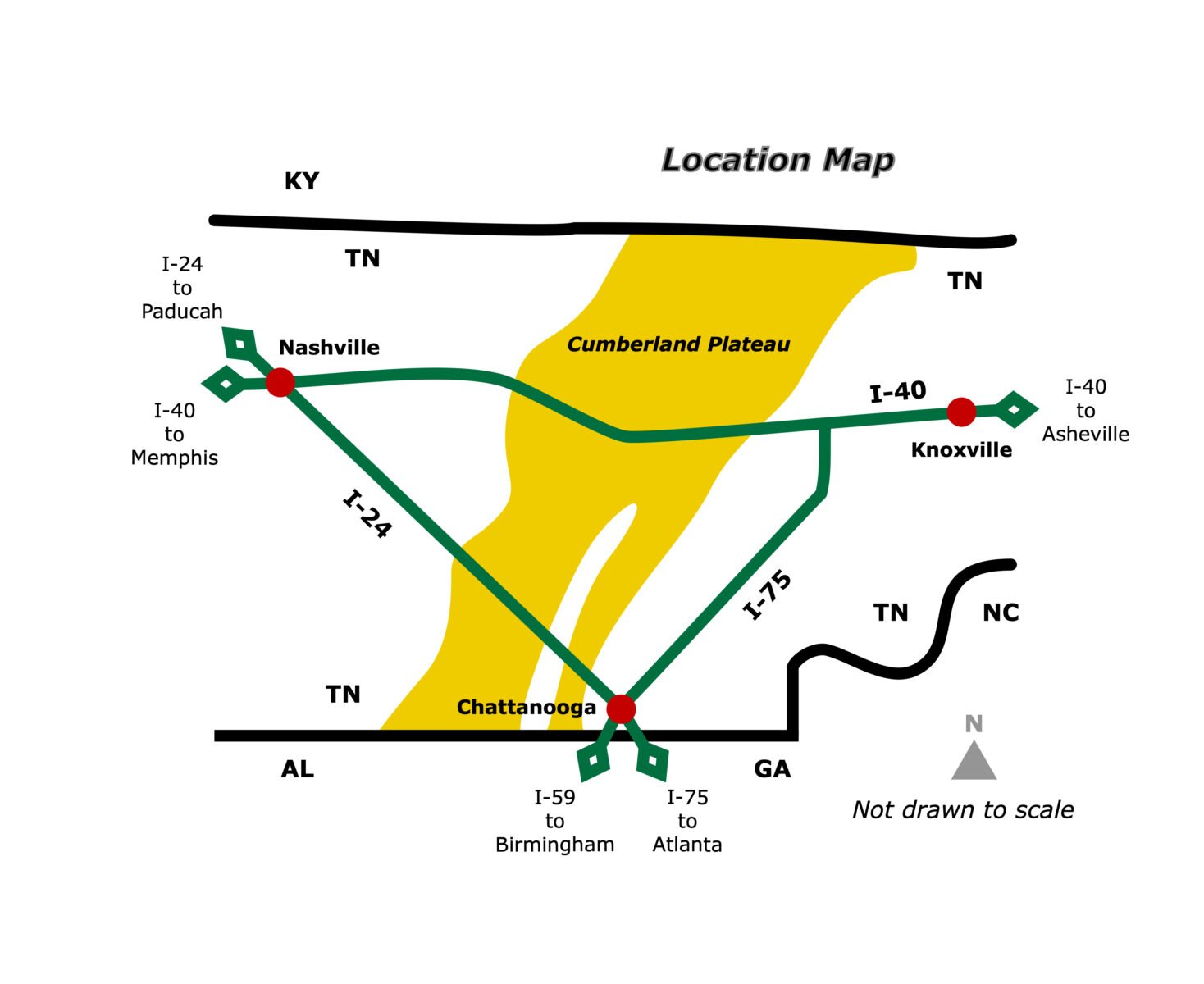
The Trip Planning Process
The primary trip focus was to select 10 waterfalls within or close to the Cumberland Plateau. Our planning process considerations were simple: getting there and back, an itinerary of things to do and remain overnight (RON) options, and deciding on the trip duration time.
We typically limit route daily driving time to three to four hours, excluding meal and fuel stops, and try to find one to two other stops to fill our day. However, we also sometimes pull into a campground early and relax.
Developing an itinerary of things to do (including travel routes) takes considerable homework time. Our start point was to identify several waterfall locations and then determine route sequencing and detailed directions to each viewing point. Some waterfalls were short walks from convenient parking areas, whereas others were natural areas that required hiking one to two miles from a trailhead to a viewing point.
Our things-to-do list, in addition to outdoor recreation, included potential activities involving entertainment, shopping, and history/culture. We first identified activities in the Cumberland Plateau and then activities that required no more than two hours of driving time from the plateau. The result was a list of things to do. Next, we created a sketch or activity map using Crossville, Tennesse, as a geographic reference point to show the locations of the various activities. Because the list had more activities than we had time to do, we selected activities that interested us most and could be done within our trip time frame. In addition, a few of these activities would be en route stops as we traveled either to or from the Cumberland Plateau area.
List of Potential Activities
Outdoor Recreation Activities
- Tennessee waterfalls and cascades: Piney Falls (upper and lower), Stinging Fork Falls, and Laurel Falls (near Dayton and Spring City); Ozone Falls (near Crab Orchard); Piney Creek Falls, Fall Creek Falls, Cane Creek Falls, Cane Creek Cascades, and Rockhouse Falls (near Spencer); Great Falls, Twin Falls, Curtain Falls, and Ice Hole Falls (near Rock Island); Burgess Falls (near Sparta); Cummins Falls (near Cookeville).
- Lost Sea Adventure in Sweetwater, Tennessee, the largest underground lake in the United States.
- Ruby Falls in Chattanooga, Tennessee. The tallest underground waterfall in the United States and is open to the public.
Entertainment Activities
- Cumberland County Playhouse – Crossville, Tennessee. A live theater with concert performances.
- Cookeville Performing Arts Center – Cookeville, Tennessee. A live theater with concert performances.
- Dollywood – Pigeon Forge, Tennessee. Dolly Parton’s theme park in The Smokies includes live performances.
- Dixie Stampede – Pigeon Forge, Tennessee. Dinner attraction with a Civil War theme.
- Titanic – Pigeon Forge, Tennessee. A museum attraction.
- Grand Ole Opry – Nashville, Tennessee, offers daily shows that mix music, comedic shows, and skits.
- Ryman Auditorium – Nashville, Tennessee. Tours and shows with a focus on country music.
- Country Music Hall of Fame and Museum – Nashville, Tennessee. Permanent and limited-engagement exhibits.
- Downtown Nashville, Tennessee – Honky tonks, dancing, and a wide selection of restaurants and street food joints.
Shopping Activities
- Unclaimed Baggage Center — Scottsboro, Alabam. It is the only lost baggage store in the United States and offers many other services.
- REI – Brentwood, Tennessee. Outdoor and recreation supplies, equipment, and clothing.
- Bleu 32 Vintage Antique Market – Columbia, Tennessee. 12,000 square feet of vintage antique browsing in the downtown area.
- Columbia Antique Marketplace – Columbia, Tennessee. 8,000 square feet of European and American antiques, local artisans and producers, and memorabilia.
History, Culture, and Educational Activities
- Governor William Blount Mansion – Knoxville, Tennessee. A family home (that also served as the capital) of the only territorial governor of the Southwest Territory.
- McClung Museum of Natural History and Culture – Knoxville, Tennessee (located on the University of Tennessee campus). Focus on natural history, archaeology, anthropology, decorative arts, and local history exhibits.
- Knoxville Museum of Art – Knoxville, Tennessee. Specializes in historical and contemporary art from the East Tennessee region.
- Tennessee Aquarium – Chattanooga, Tennessee. One of the top 10 aquariums in the United States.
- The Hermitage – Hermitage, Tennessee (Nashville area). The former President Andrew Jackson’s home.
- Ripley’s Aquarium of the Smokies – Gatlinburg, Tennessee. One of the top 10 aquariums in the United States.
- Oak Ridge, Tennessee – home of the U.S. Department of Energy (and Manhattan Project).
Food and Drink Activities
- Ole Smoky Distillery & Yee-Haw Brewing Company – Nashville, Tennessee. Tastings and live entertainment.
- Jack Daniel’s Distillery – Lynchburg, Tennessee. A tour and tastings.
- Miss Mary Bobo’s – Lynchburg, Tennessee. They serve lunch only, and reservations are required.

RON options are standard for us. State and county parks and private campgrounds are primary choices (especially every third or fourth night when a dump station is typically necessary), but we also enjoy dry camping at Cracker Barrel and Harvest Host locations when they are convenient and available and if evening temperatures are below 70 degrees Fahrenheit.
After collecting and evaluating the above trip planning information, it became clear that our trip duration should be 7-11 days based on where we live. In addition, the purchase of concert tickets (discussed below) led us to set a specific departure date for the trip.
The Actual Trip (Including Changes Made Along the Way)
Day One
Our first day was mostly a travel day. However, we made an exciting fuel stop and had time for one en-route activity.
Buc-ee’s is a unique Texas-based company that combines fuel points, country stores, fast food stores, and electric vehicle charging stations. Like many things in Texas, Buc-ee’s fuel points are huge. Diesel fuel costs are usually below the local competition. Their tasty brisket sandwiches—an easy lunch meal choice—are made in—house in-house all day. They also have the largest selection of jerky we have ever seen for sale.
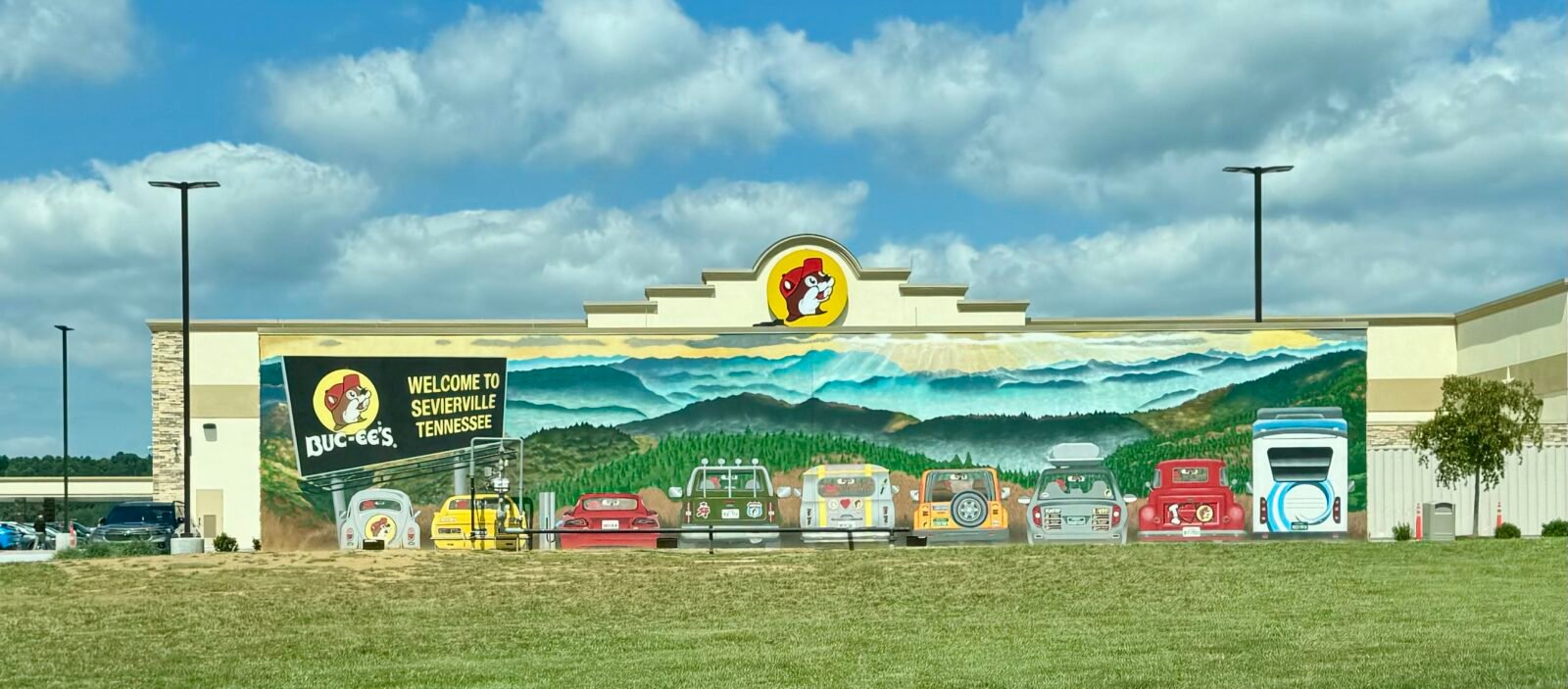
After topping off with fuel, we continued west to the Lost Sea Adventure in a rural area near Sweetwater, Tennessee. According to the Guinness Book of World Records, it includes the largest underground, sub-glacial lake in the United States. It’s about a three-quarter mile round-trip walk to the lake. The walk down is not difficult, but the walk up is equivalent to climbing 14 stories of building stairs (but does include three rest areas on the way up). The visible portion of the lake is about four acres in size, and the tour includes a boat ride around the periphery. Because there is underwater lighting in parts of the lake, the water can support trout (fed from each tour boat), and passengers are told not to put their fingers in the water during feeding to avoid fish bites. Overall, this was an interesting stop, but not one we would visit again.
We spent the night at the KOA Holiday Sweetwater Campground, which was a short drive to our first waterfall stop. This campground offers a short-order food menu prepared on-site and with campsite delivery.
Day Two
The second day started with disappointment. We visited two waterfalls in the morning (Sting Fork Falls and Piney Falls). These falls are remote (i.e., it was difficult to drive to the viewing areas). Each required about a two-mile round-trip hike to get to the viewing areas (walking sticks are recommended for the descent to the falls), and both were dry. Our evaluation of the morning experience was that the hikes were nice, but the best part of the morning was scenic driving that included a picturesque barn.
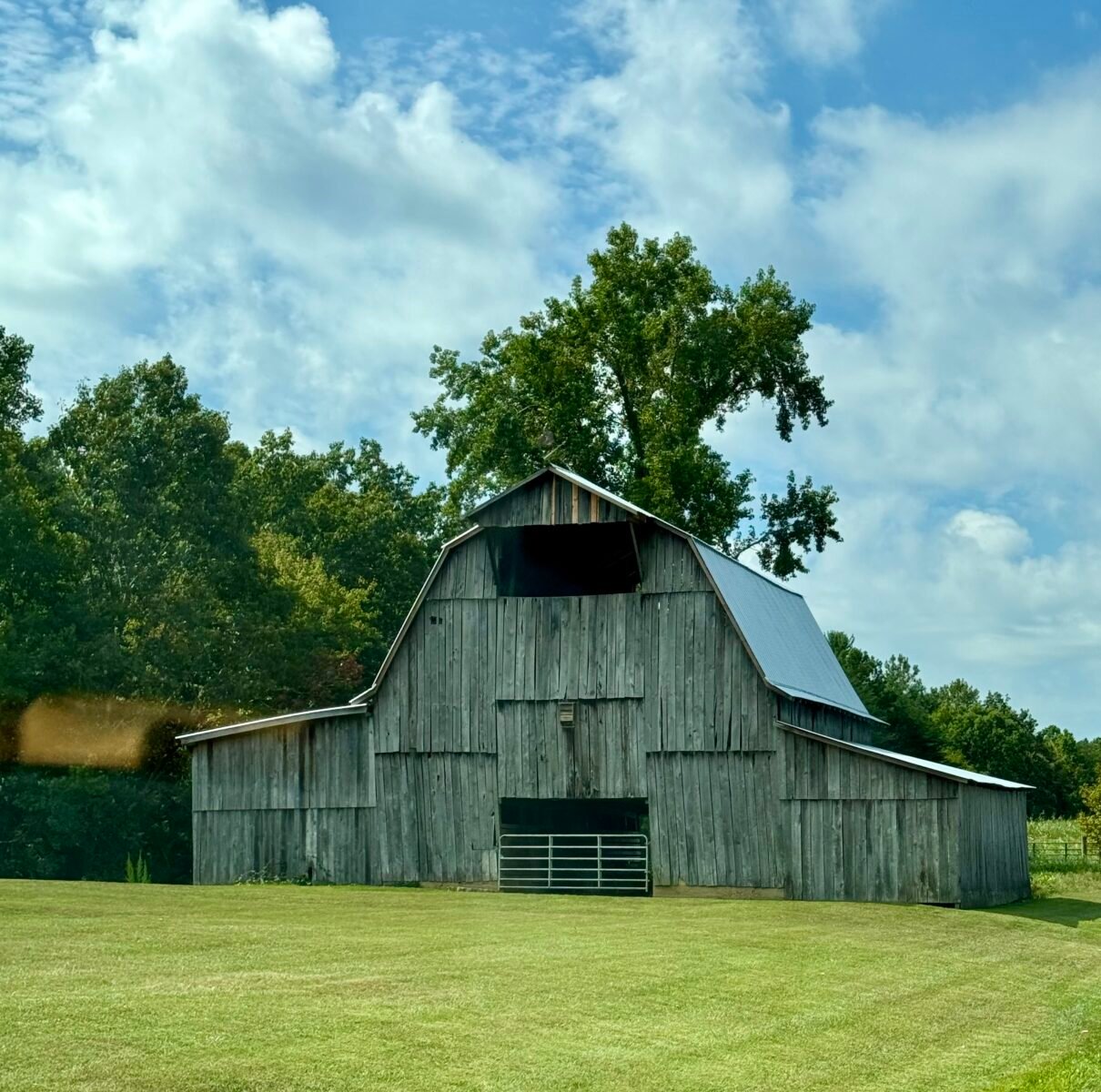
The afternoon started much like the morning. Ozone Falls was our third stop. The parking area was not RV-friendly. It was a short walk to the top of the falls, and while not dry, there was only a dribble of flowing water. The setting was beautiful, and it was easy to imagine how nice it would be with more water. We did not walk to the base of the falls (where one can swim in the pool when water levels are higher).
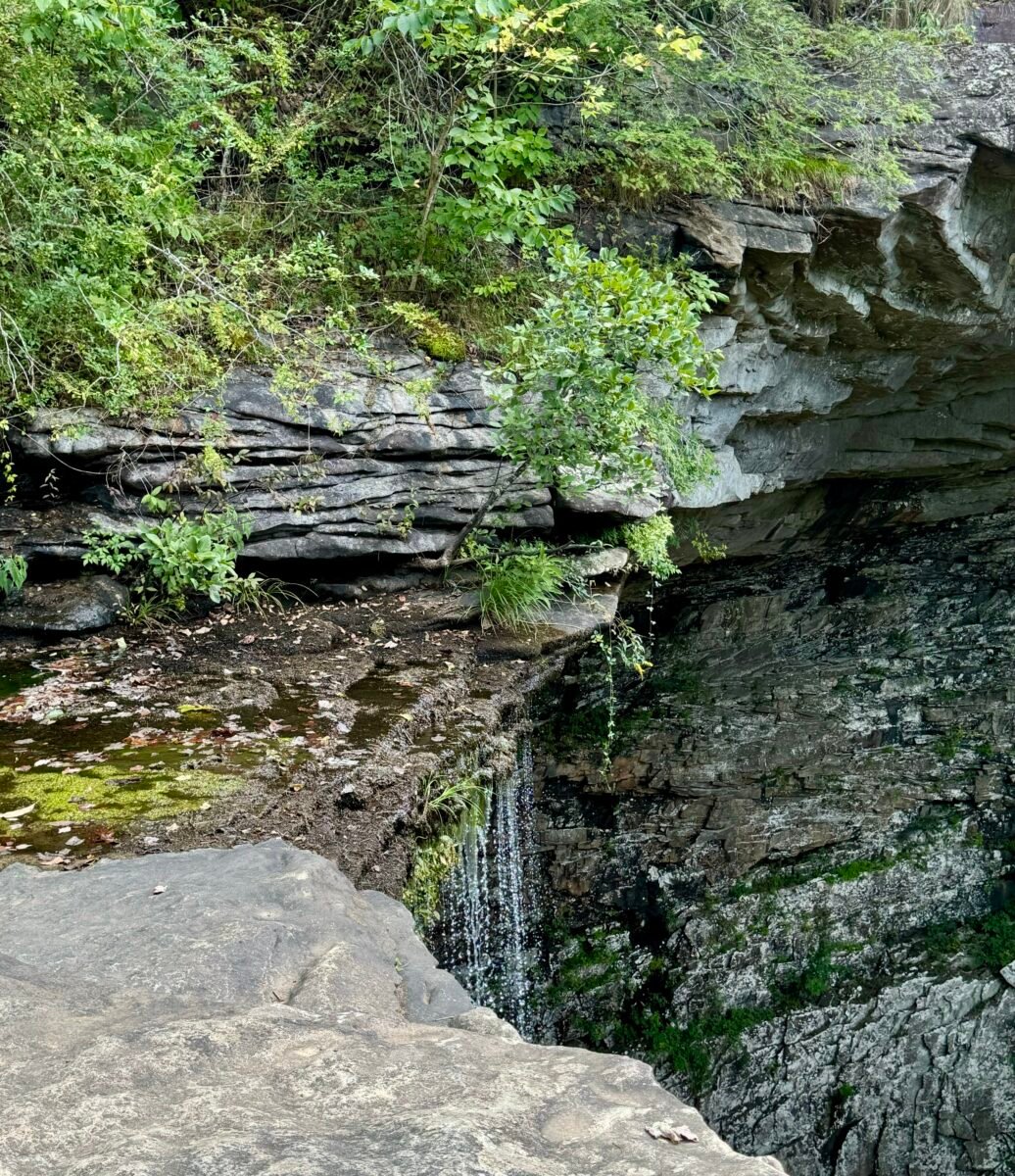
It was still early afternoon, and we decided to make some itinerary adjustments. First, because of the low water levels, we eliminated trying to view any further waterfalls on the eastern side of the plateau. Second, Cummins Falls, planned initially for day three, was a little over an hour’s driving time further west. An internet search indicated that it has water year-round, so we decided to drive to Cummins Falls.
Cummins Falls is in a state park and has convenient parking. It was an easy half-mile walk to the viewing area, and we were glad to finally see a wet waterfall. Although Cummins Falls has a large swimming hole at its base, one must purchase a permit to hike to the base (which is about three miles round-trip).
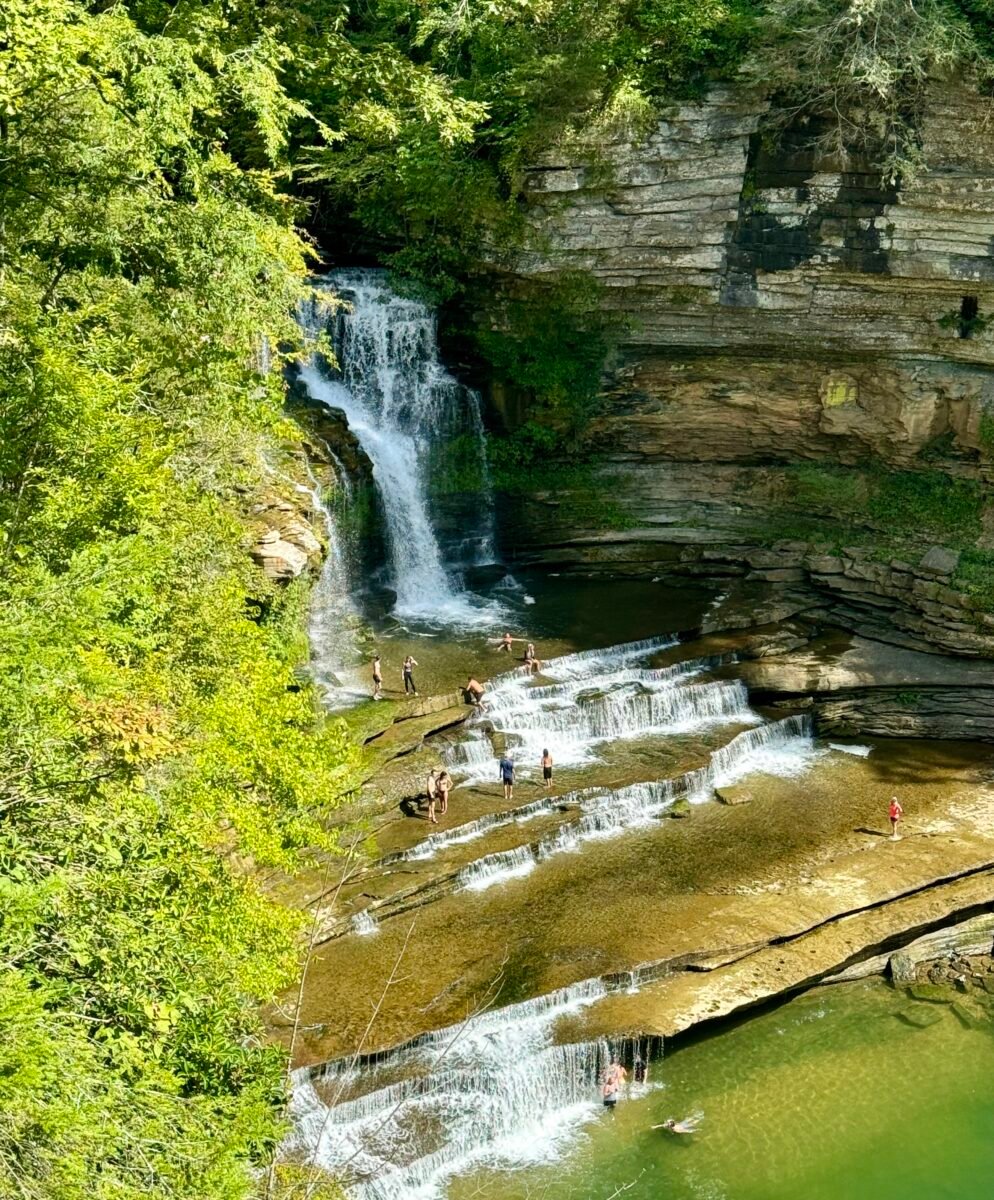
It had been a long day, and we were tired, so we chose to spend the night at the private Old Mill Campground across from the state park entrance. It was a good choice: it had a gated entrance, level sites, and many sites had trees for shade. During check-in, I purchased a paperback guide to the waterfalls and backroads of Tennessee.
Day Three
It was a short drive to Burgess Falls State Park, and these falls were worth the trip. The upper parking lot has designated RV parking, and it is a short walk to the trailhead. In addition to the falls, there are cascades. We walked the gravel road to the falls and then hiked the riverwalk trail back to the trailhead for cascade viewing. Although the park did not have a campground, a private campground (convenient but nothing special) is next to the park entrance.
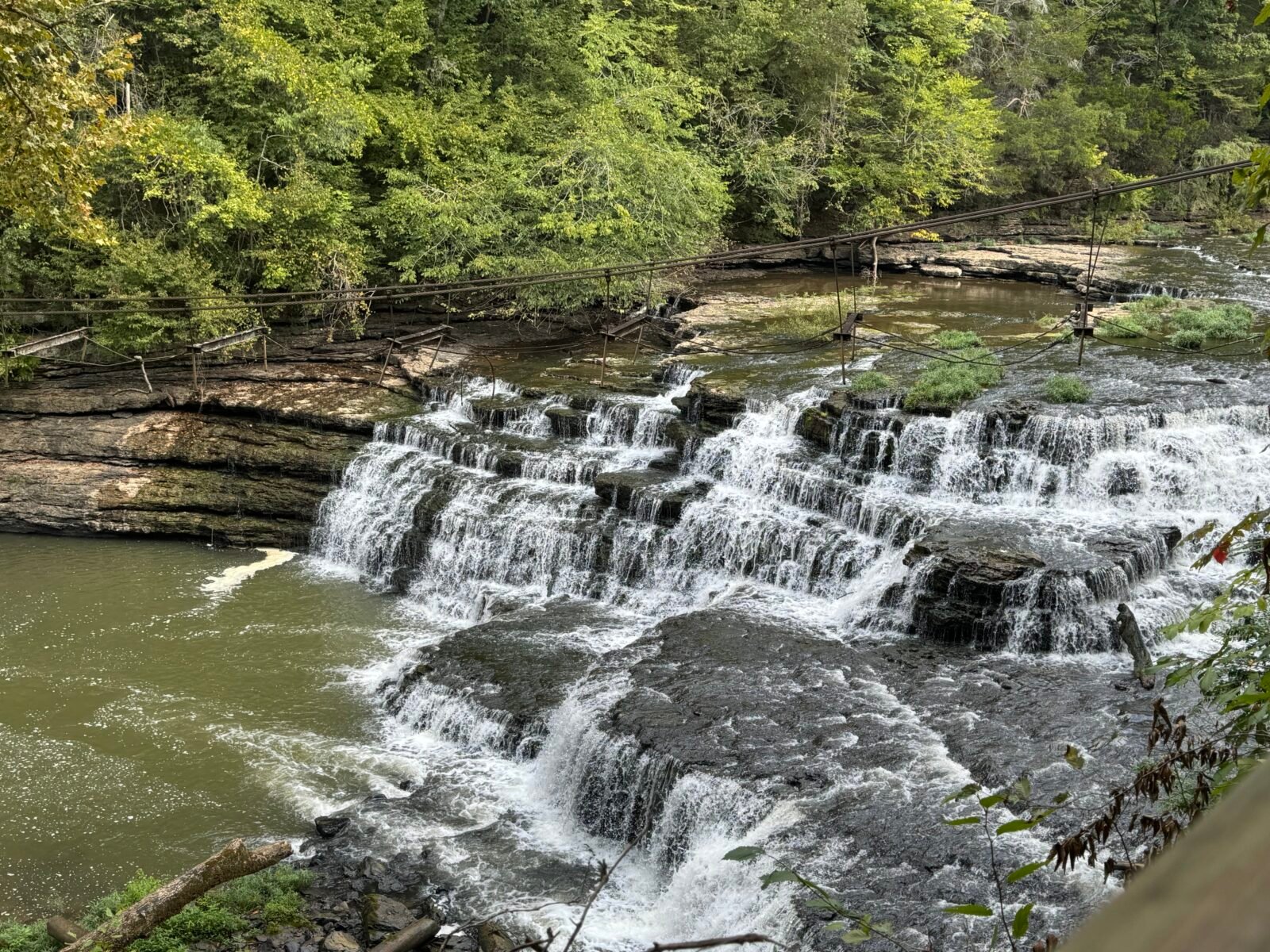
Our excitement level was now working its way to a positive 360-degree turnaround as we headed to Fall Creek Falls State Park. Driving time was again a little over an hour. As we entered the park, it became clear that this park was not a typical state park. Park amenities include multiple waterfalls, a golf course, a general store, fishing and paddle boat rentals, 56 miles of hiking trails, camping, a lodge, a restaurant, and a nature center with interpretive displays, naturalist programs, and five special monthly events each year that include: live musical entertainment, a star party, and astronomy weekends. The wow factor literally was off the chart for this state park! The park has waterfalls that have water year-round. A scenic loop drive connects most waterfall parking areas, parking is convenient, and most viewpoints are easy walks from parking areas (although we did make use of walking sticks for one of the hikes). Fall Creek Falls is the tallest waterfall east of the Rocky Mountains, and one can swim in the pool at the base of the falls.
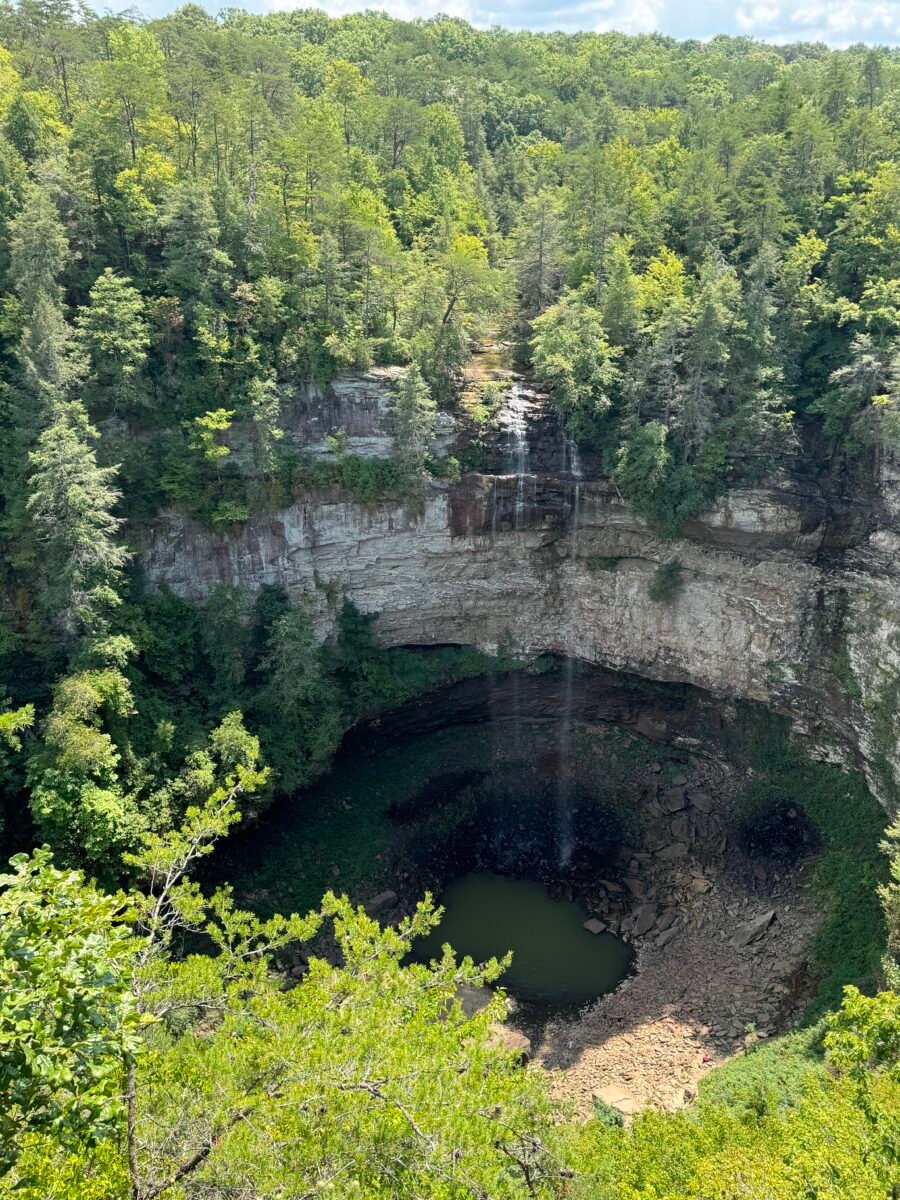
We discussed during lunch the alternatives of spending a relaxing afternoon and the night in Fall Creek State Park versus driving to Rock Island (about one hour driving time where we could view more falls and then spend the night in the Rock Island State Park Campground). Our decision was to drive to Rock Island.
After checking in at the campground, we left the main park area, drove across Caney Fork River, and re-entered the park via a narrow road that ended in a park satellite area with a parking lot near the viewing area. It was a short and easy walk to the viewing area where one can see both the Great Falls and the Twin Falls. Those who are adventurous might want to drive back to the park entrance, put on swimming suits + water shoes, walk between the Curtain Falls water and the rock wall it’s falling from, and be at the Great Falls base. The less adventurous may want to just go swimming at a nice beach area on the campground side of the park and view the falls from the swimming area.
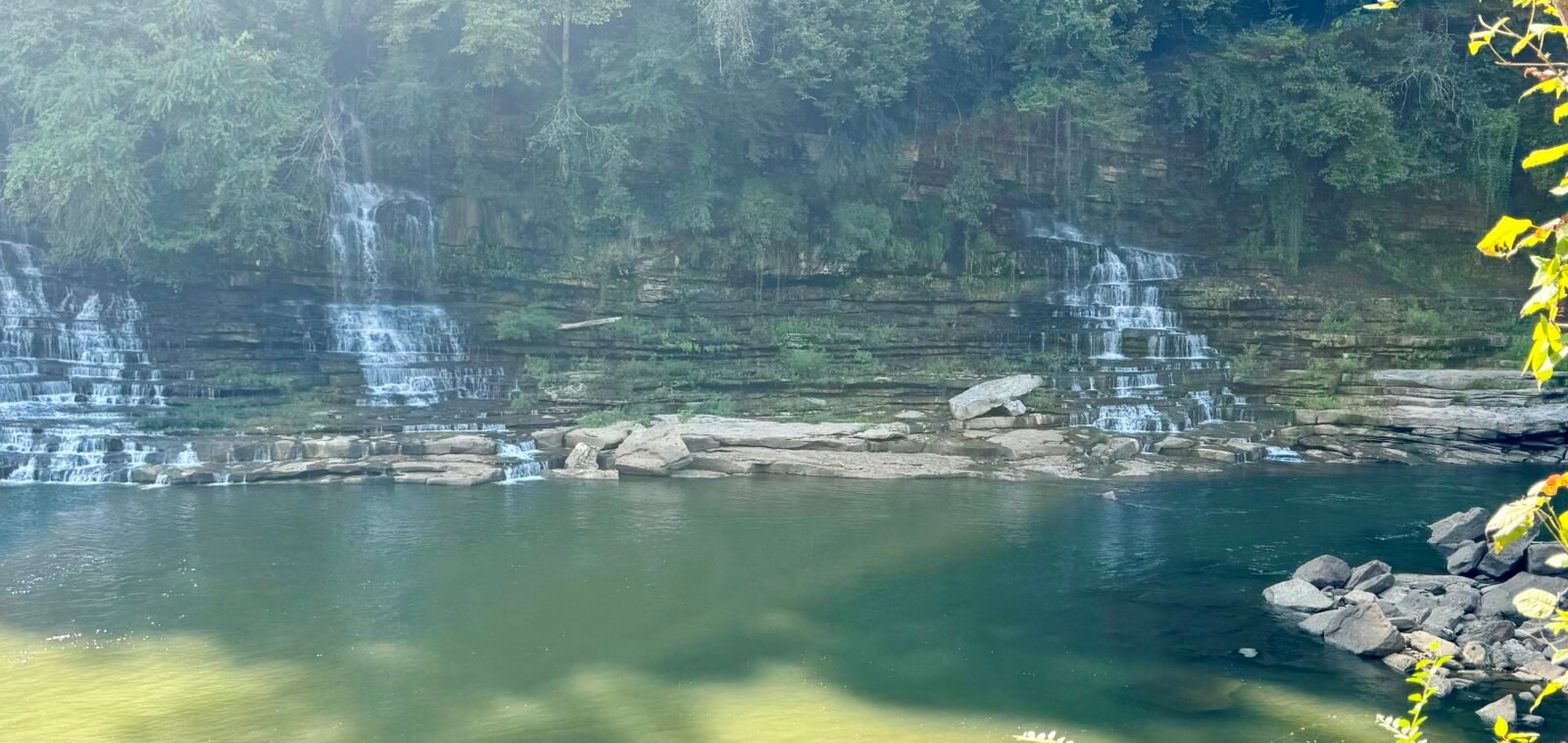
Day three ended with another itinerary decision point. Should we focus on more waterfalls or other activities from our list of things to do? We opted for other activities and decided our next day would be a drive to the Unclaimed Baggage Center in Scottsboro, Alabama (about a 2-hour drive from the campground).
Day Four
Our first stop was at Rock Island Treasures, a large antique warehouse-like store we saw on U.S. Highway 70S while driving to Rock Island State Park. Unfortunately, it was closed.
The Unclaimed Baggage Center is unique. It started in 1970 with a truckload of unclaimed baggage purchased from the Trailways Bus Line, expanded with airline company ParTennesseeerships, grew after receiving rave reviews from Oprah Winfrey and other media coverage, and now additionally has an online store. We spent a couple of hours at the store, and although we didn’t buy anything on this trip, it was a fun stop.
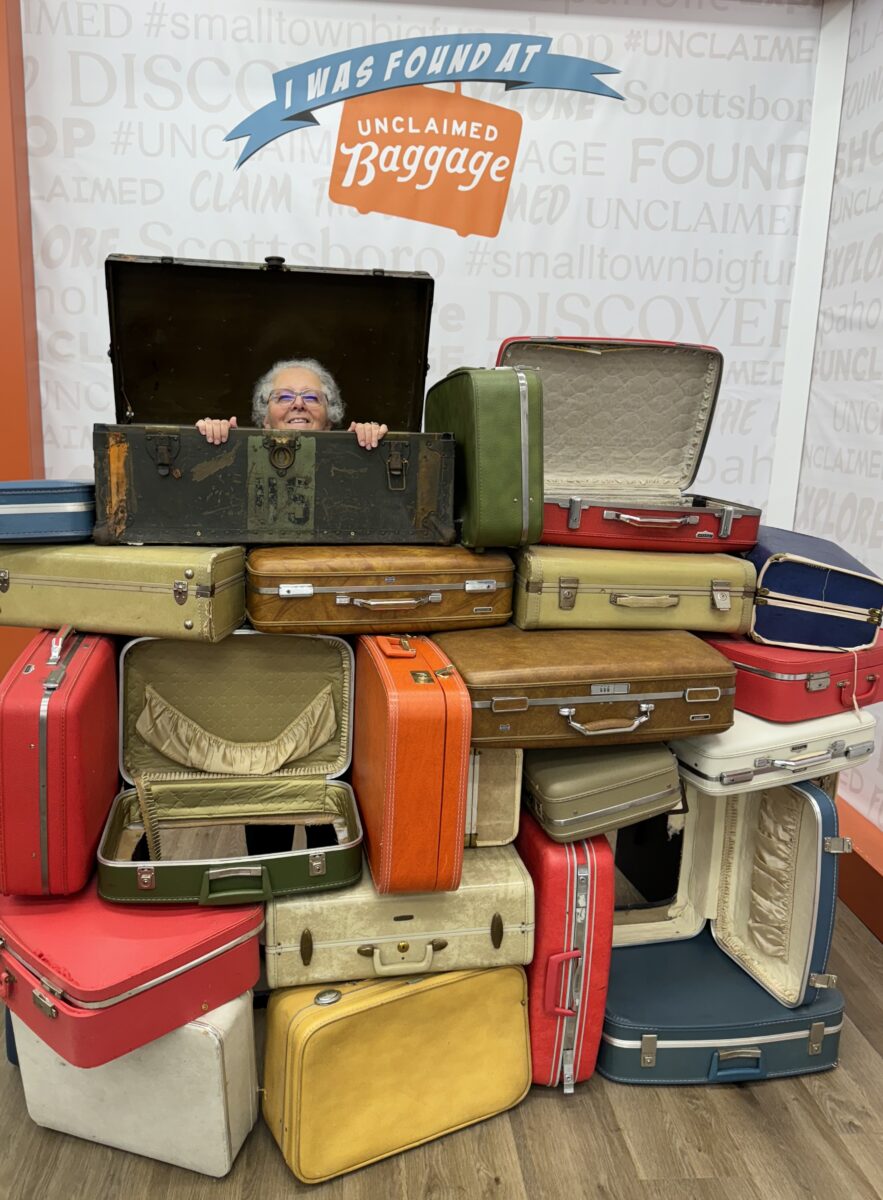
We left Scottsboro and headed north and back to Tennessee. Our travel and shopping day ended in Tullahoma, where we spent the night in a campground and rewarded ourselves with a nice beach-front site and a swim.
Day Five
This was a day with split activities. The morning drive to Columbia, where we planned to visit two antique stores, took about one and a half hours. While we were in the first antique store, there was a city-wide power outage. Those in the store who had a cell phone used their flashlight app to find the way out (albeit some used the app to continue shopping). We decided it was best to leave town, which was a slow process because the power outage shut down all traffic lights in this town’s population of about 46,000.
Our driving direction was toward Nashville, and the next stop was the REI store in Brentwood. It was noon time, and we bought some yummy fresh sushi at the adjacent Fresh Market grocery store for lunch.
The last activity stop was a tour of Andrew Jackson’s Hermitage home in a suburban area of west Nashville. We opted for the guided (versus self-guided) tour that included detailed information about Jackson’s life, provided interesting perspectives regarding living conditions in the early 1800s, and included a bonus wine tasting discount after the tour.
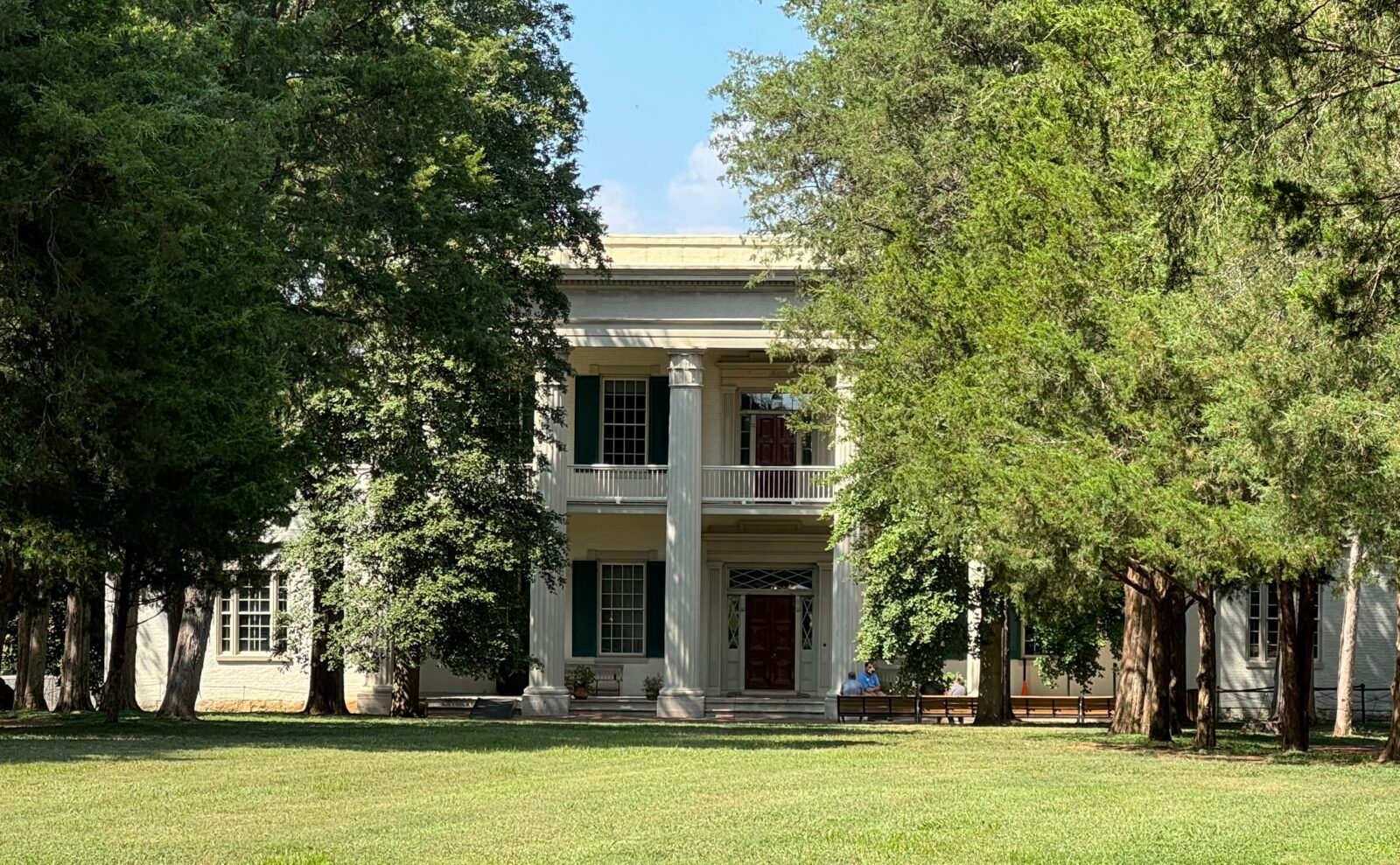
The outside temperatures were too warm to camp overnight at a nearby Cracker Barrel, so we booked a site at Nashville Shores Lakeside Resort. The resort includes – in addition to the campground – a waterpark, zip line, and marina. Although the resort was nothing special, Papa Turney’s BBQ restaurant is part of the marina, and we walked there for dinner. It was Saturday evening, and to our pleasant surprise, it was the night for live music that included a jam session of local musicians. Albeit a bit loud, the entertainment was nice, and it was free.
Day Six
The remainder of our trip was a two-day drive in the direction of home. First stop was Crossville (about a two-hour drive). There is another Buc-ee’s in Crossville, so we made a fuel stop and had lunch before going to the Cumberland Theater (where we had concert tickets for a Fleetwood Mac tribute in the afternoon).
Who would expect a pass-thru town like Crossville, with a population of less than 13,000 people, no museum, and no college or university to have a two-stage performing arts center that features both Broadway and off-Broadway productions with very reasonable ticket prices and mostly sell-out performances? Welcome to the Cumberland County Playhouse, a east Tennessee gem since the 1960s. This was our third time here, and each performance has been exceptional. In addition, backstage tours are available on request.
Tusk is the top Fleetwood Mac tribute band in the world. When we learned they were performing in Crossville, Tennessee, it was an easy decision to structure our trip to coincide with their performance. We were fortunate to get two of the last few seats that were together. Anticipating a sell-out performance, we arrived early and were able to find a convenient parking space for the van (ours was the only one at the performance and visually registered an LTV presence).
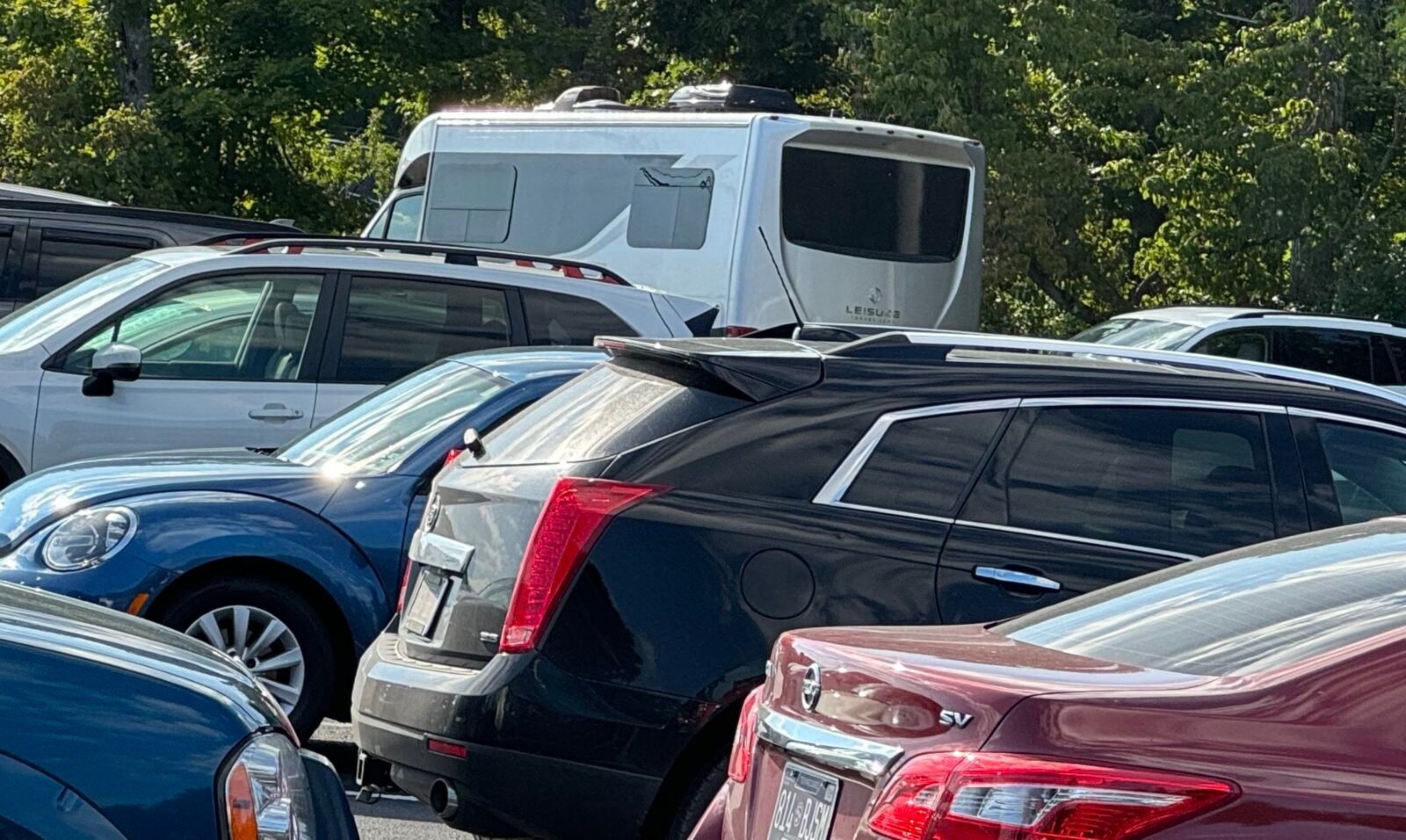
The Tusk performance was outstanding. They looked like and sounded like the original Fleetwood Mac. The two-hour performance went by quickly and brought back musical memories of the 1970s.
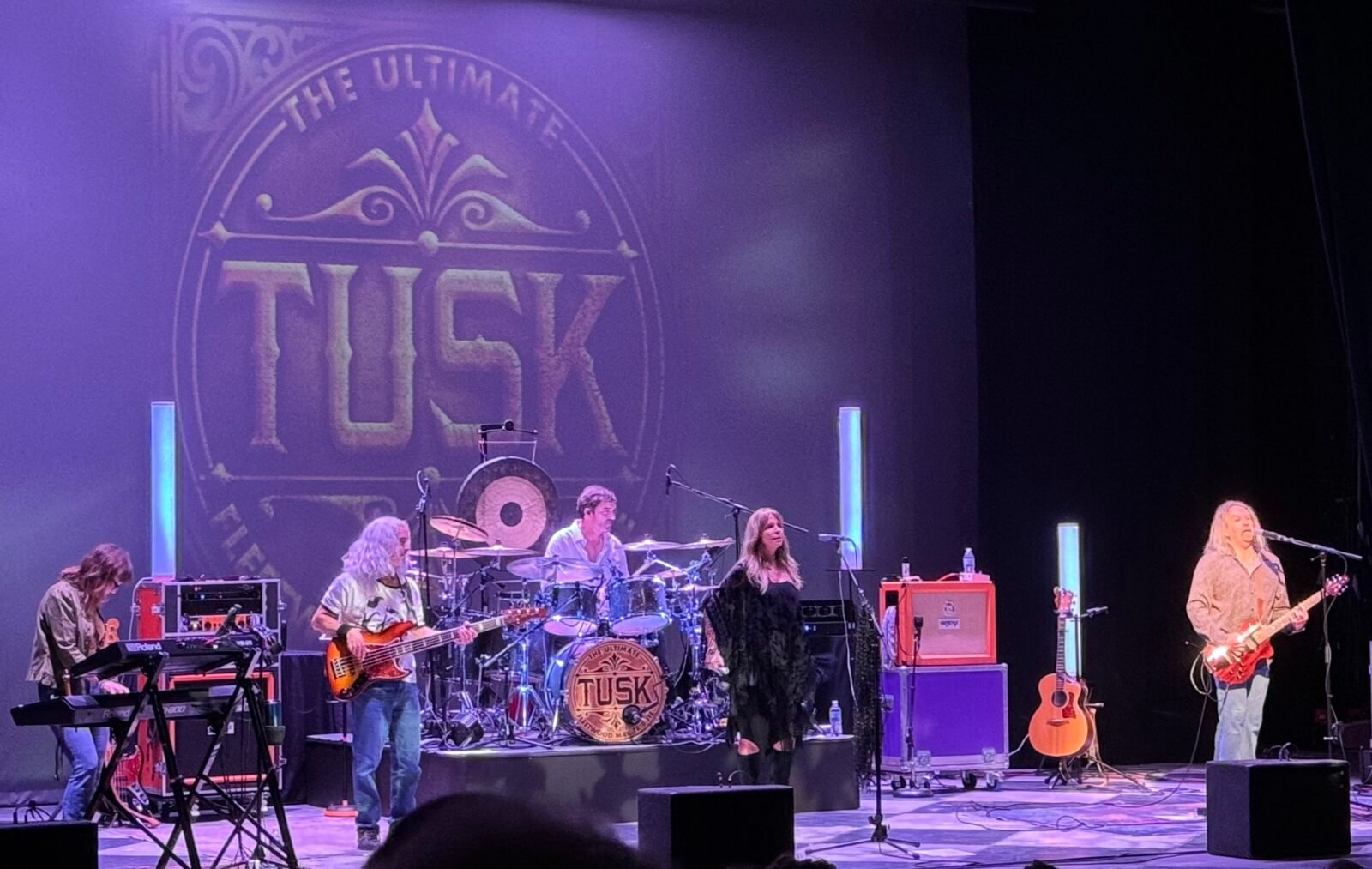
We next needed a place to spend the night. The weather temperatures were still too high for comfortable dry camping, so we decided on the TVA Melton Hill Dam Campground (which was about an hour drive from Crossville). This is a quiet campground with a nice swimming area.
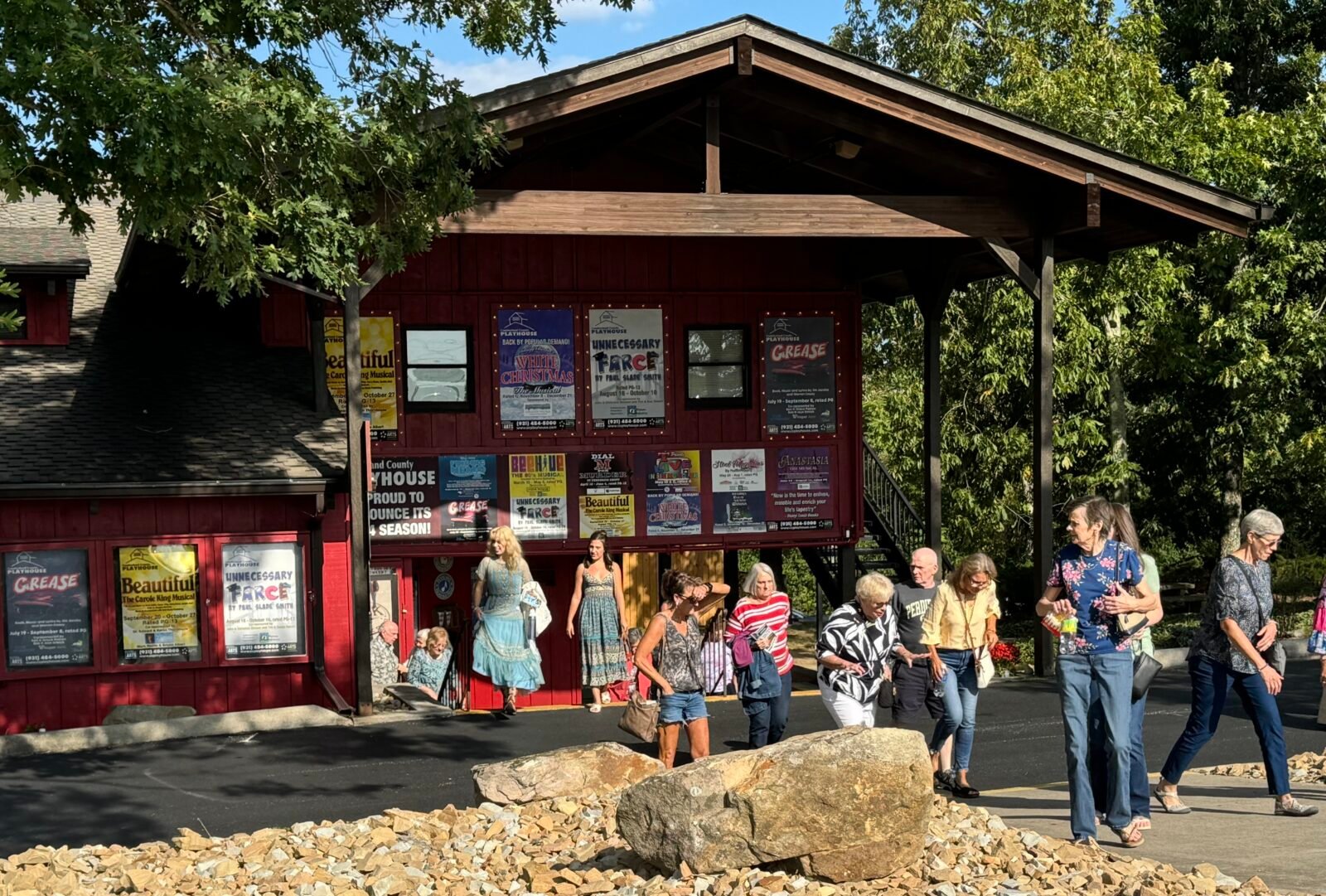
Day Seven
Our last homeward bound stop was Pigeon Forge, Tennessee. Although Pigeon Forge is in the Smoky Mountains, it has the feel of Las Vegas (but smaller, without the gambling option, and often with significant traffic). We spent part of one day and the night there, so it again required picking an activity from our list of things to do. Our activity choice was Dollywood.
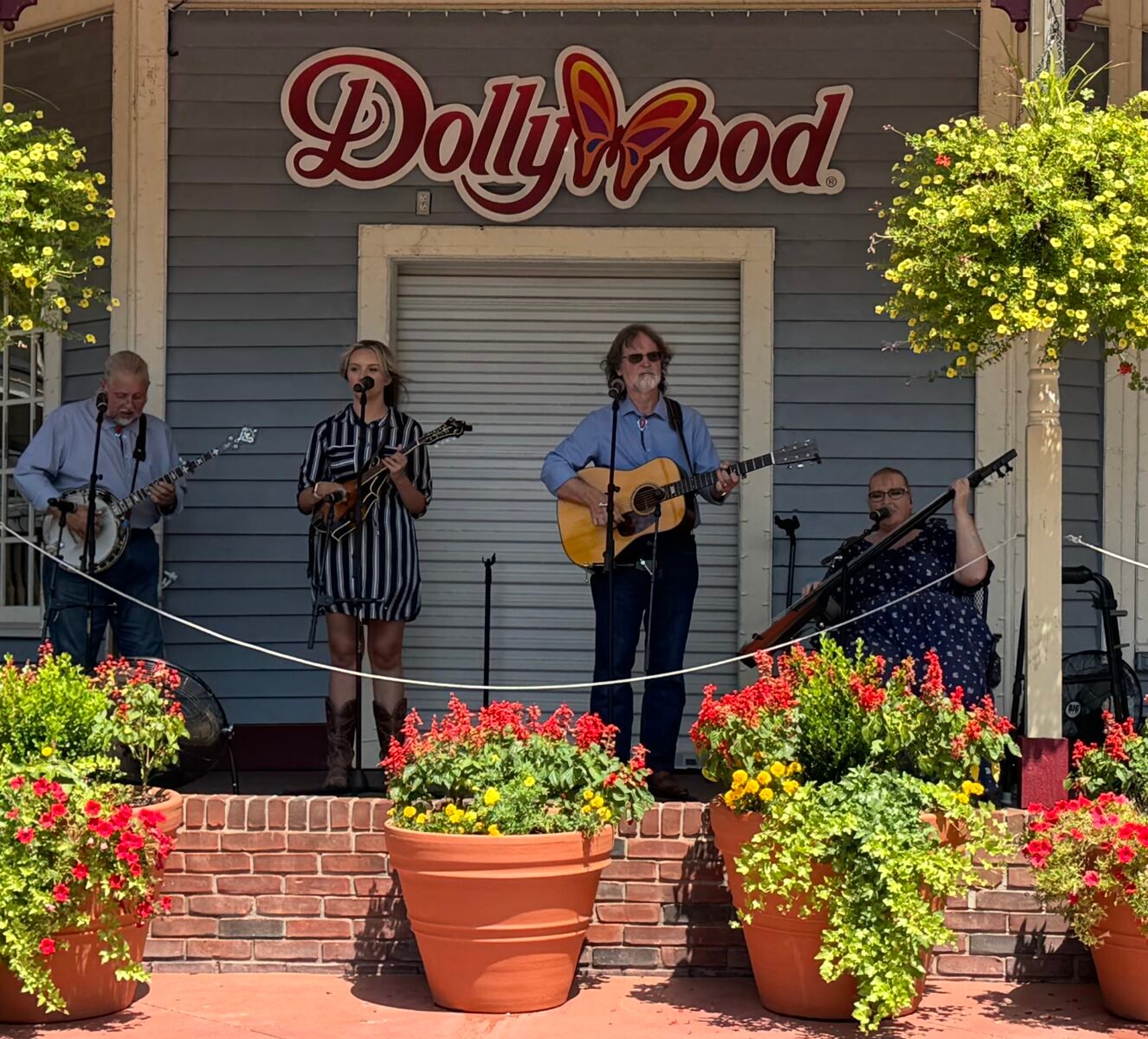
Dollywood is a theme park that offers something for all ages: rides, splash country activities, and live entertainment. We always enjoy the live entertainment (which showcases country, bluegrass, Southern gospel, classic rock ‘n’ roll, and Appalachian music). In addition, there are many food choices, the staff is very friendly, and we usually top off the day with an ice cream cone.
The last night of our RV travels is usually in a campground with a full-hookup. This allows us to flush the tanks before heading home. Two good campground options in Pigeon Forge are the KOA (which is a short walk and next to the trolley terminal) or Foothills RV Park (small size, level sites, quiet, and close to a trolley stop).
Reflections and Lessons Learned
A good rule of thumb is to reflect on trip experiences and lessons learned after each trip. Our thoughts about this trip were:
- The planned duration of our trip was 7-11 days; although we did it in 8 days, there are enough other activities in the Cumberland Plateau area which can extend the trip by three more days, if desired.
- Our pre-planning provided a good trip framework that allowed us to adjust the itinerary.
- We viewed nine waterfalls plus several cascades. Two falls were dry, one had only a little water, and the remainder were very nice. Burgess, Piney Creek, Great, and Twin Falls are all special.
- Unexpected happenings along the way—some good and some not so good—may require itinerary adjustments. Be flexible and don’t hesitate to take advantage of ad hoc stops and activities.
- Having a list of things to do is important when traveling within a geographic area (versus from point-to-point); a maximum two-hour driving radius from the geographic center works well when traveling within such an area.
- A back-up set of printed maps is useful when traveling in rural areas where cell phone reception can be poor.
- Don’t forget to plan for time zone changes (we did not do this and found out while on the road that parts of the Cumberland Plateau are in both the eastern and central time zones).
Summary
This was a fun trip … one that we may do again. High points were several of the waterfalls and cascades, the concert performance in Crossville, Dollywood, the Nashville music jam session, and of course, Buc-ee’s.


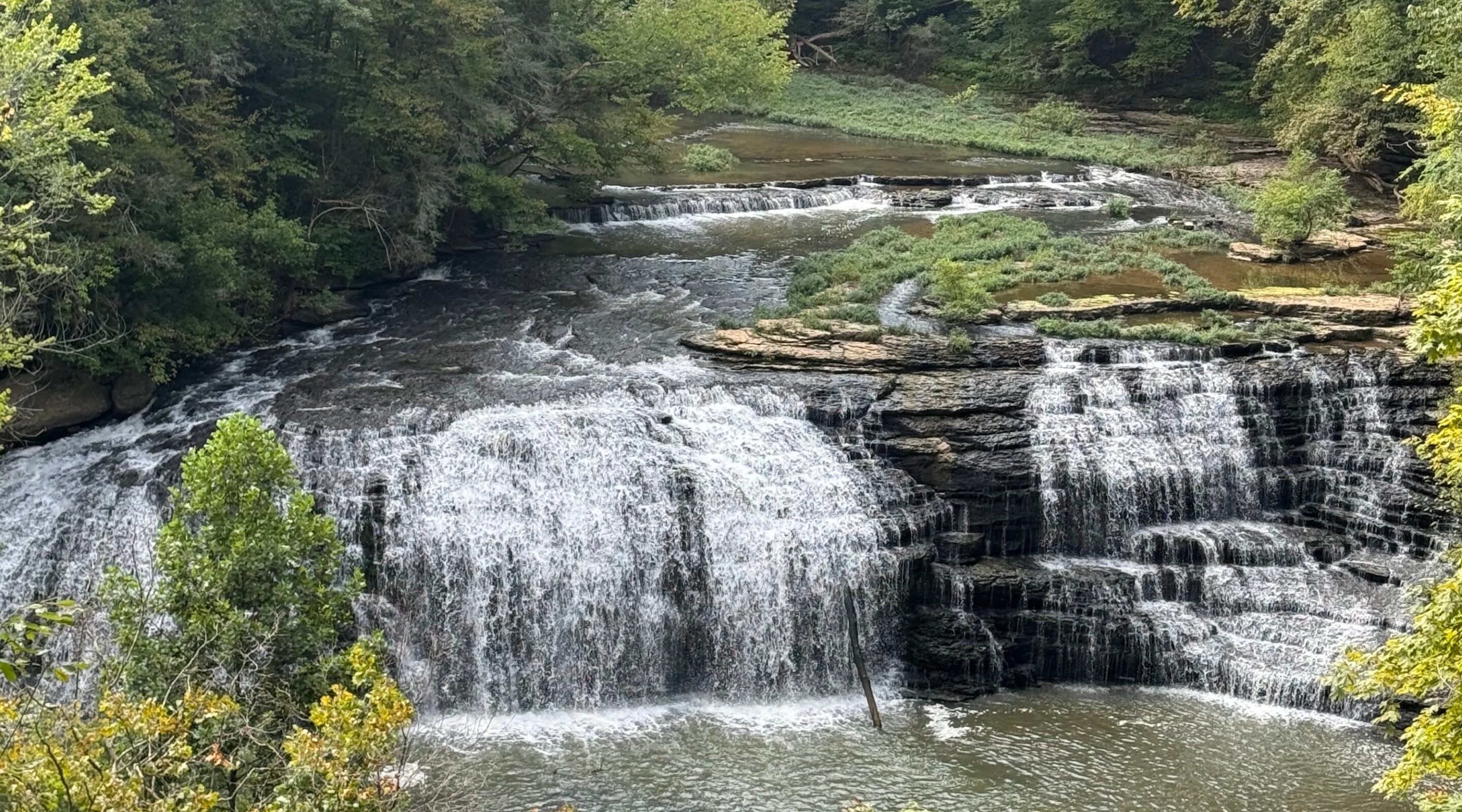



Comments